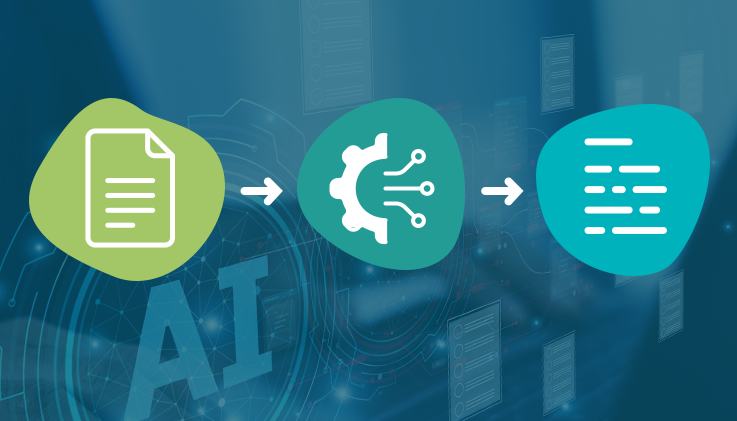Global supply chain and logistics operations have been under significant strain in recent years due to shifting market conditions, labor shortages, volatile demand, and rising transportation costs. Many industry analysts suggest these challenges may intensify in the near future. At the same time, evolving consumer behavior has accelerated the shift toward eCommerce and on-demand delivery.
As spending patterns move away from traditional retail or in-person services, logistics networks are facing increased pressure to adapt, scale, and maintain efficiency in a highly competitive environment. As a result, companies experience tough times to meeting consumer expectations.
Despite all these negativities, businesses are striving to implement strategies to overcome these challenges. Companies now switch to technology and process improvement. Alongside, they are emphasizing more on client servicing and driving improvements in the customer journey.
As consumer bases continue to grow at rapid rates, supply chains should adapt to larger, more complex methods of product transportation. To make it happen, the operational processes need to be agile which will quickly conform to the changing requirements. Thus, it is high time to implement smart mechanisms within the supply chain and logistics ecosystem.
Multichannel support to overcome supply chain and logistics challenges
A supply chain and logistics department should have the ability to source inquiries coming in from various channels like email, text, chat, phone, etc. It is essential to stay connected, manage all your customer support requests from a single unified interface, and match the best channel for the task. The idea is to make the order and fulfillment processes easier for customers. In other words, meet your customer where they are most comfortable.
Bringing artificial intelligence into action
Artificial intelligence (AI) is already transforming the supply chain and logistics challenges. These advanced technologies drive visibility into all aspects of the supply chain by eliminating deep-rooted inefficiencies or uncertainties. AI helps to apply methodologies that humans simply cannot match at scale. AI also optimizes the capabilities required for more accurate capacity planning, enhanced efficiency, higher quality, lower costs, and increased output while improving working conditions.
Smart automation in logistics operations
Supply chains are based on process-oriented tasks where automation plays a key role. Automation essentially comprises recognizing and automating routine processes, which are often time-consuming. Manual paperwork, production, inventory, shipping, and more can all be automated. It minimizes the employees' workload and helps companies bring down costs without hampering productivity.
Back office: Various documents, such as delivery orders, bills of lading, maritime waybills, and so on, are used in the supply chain. Teams process these documents manually on a regular basis, which is a time-consuming and manual procedure that prevents companies from achieving operational efficiency. Using appropriate technology like intelligent document processing and document recognition, you may automate end-to-end processes that involve tasks like data capture and the context. Team members can share information more quickly across departments, ensuring the operational process occurs efficiently.
Transportation: AI-driven automation is transforming the transportation industry. It enables real-time tracking of goods in transit, identifies potential delays, and optimizes the movement of resources across the logistics network to reduce costs and speed up deliveries. Another important innovation is route optimization, which focuses on finding the most efficient path to ship and deliver packages from manufacturing units to end users as quickly and cost-effectively as possible.
Key benefits of using technology in supply chain and logistics
By creating a more efficient supply chain, technology directly enhances the customer experience. Greater transparency and a seamless flow reduce issues and improve the overall customer support process. Key benefits include:
- Optimized operational efficiency
- Reduced costs
- Minimized human errors
- Faster and more reliable deliveries
- Increased productivity
- Real-time performance measurement
ThinkOwl is an AI-powered cloud customer support solution and includes everything that organizations require to overcome supply chain and logistics challenges. Whichever industry you may belong to, if you wish to foster a customer-centric culture and deliver the best service and support, do not hesitate to try ThinkOwl. Sign up now for a 30-day free trial.












